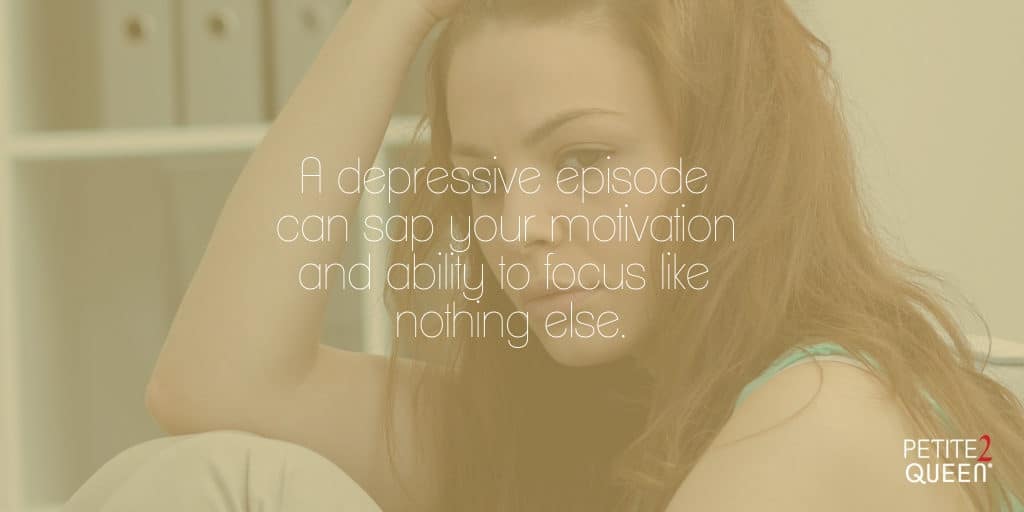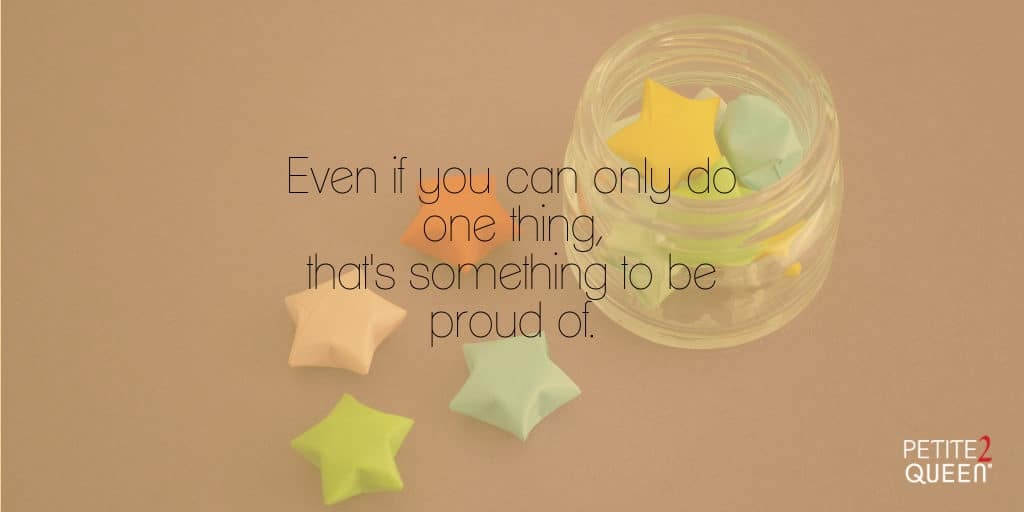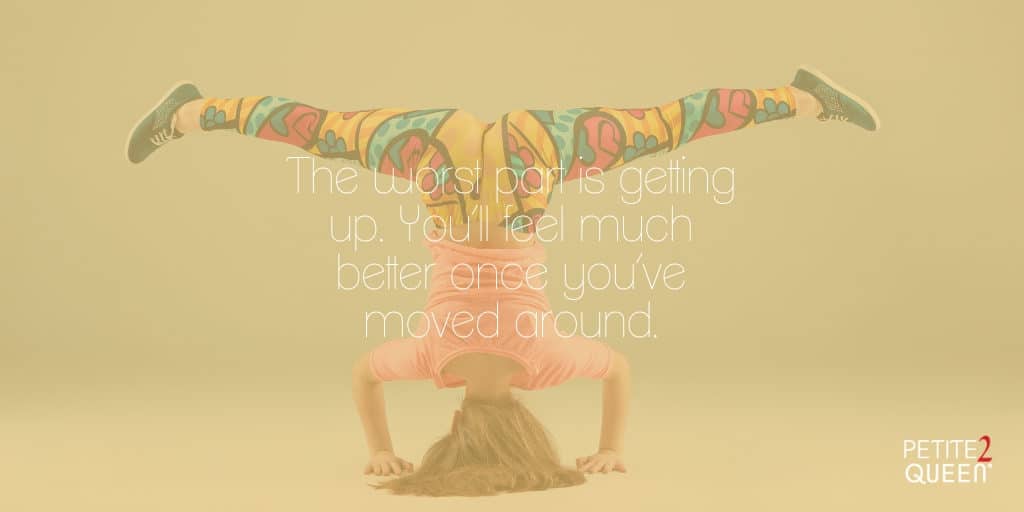Depression is an incredibly common illness among American adults. In 2015, 6.9% of US adults had experienced at least one major depressive episode within the past year, and major depressive disorder is the leading cause of disability among young adults. There are quite a few articles that can give you ideas for how to handle depression at work, but this one is going to be a bit more practical than those blogs. Yes, you should seek help from a professional, talk to friends, and try out good breathing habits, but this article is going to cover ways to work with your depression while you’re actually at your desk.
I have been dealing with depression and anxiety for essentially my entire adult life. Everyone’s depression is different, and even each of my depressive episodes is different from the last. No trick works 100% of the time, and some depressive episodes may leave you unable to even go to work, meaning you will have an entirely different set of needs to attend to. Still, these are the nifty tricks that have worked for me in the past to be as functional as possible while depressed at work.
Pomodoro-esque
A depressive episode saps my motivation and ability to focus like nothing else. Completing even mindless, menial tasks becomes impossible as I, zombie-like, minimize my spreadsheet to open up YouTube to watch inane videos. I will end up walking around the office space, searching for snacks when I’m not hungry, or taking silly quizzes online rather than write even a single sentence.
The problem is, I cannot even imagine focusing for the amount of time it would take to complete whatever task it is. I simply don’t have 45 minutes’ worth of energy to offer to the project. In a previous post, we recommended the Pomodoro Technique as a way to ensure that you take breaks. In this case, the Pomodoro Technique is used to make sure you actually work. The method involves working for 25 minutes, and then taking a 5-minute break. Do this until you have worked for two hours, and then you can take a 30-minute break. A friend recommend this technique to me when I was explaining to him that I couldn’t focus on my work.
While I liked the idea, I knew that I couldn’t focus for 25 minutes. I decided that is was okay to use the Pomodoro Technique as a guideline and to modify it as necessary. At the time, I figured I could focus for a maximum of 15 minutes at a time, so I went for that. I also knew I would need longer breaks more frequently. I settled on 15 minutes of work, followed by 5-minute breaks. After four 20-minute sessions, I took a 15-minute break. Figure out what works for you; can you focus for the full 25 minutes? Maybe, like me, you can only make it to 15 minutes. Maybe it’s 10.
Still, 15 minutes is often a stretch when I’m depressed. Music helps a lot of people concentrate, and I find that it works for me. When my mind starts to wander during my work periods, I turn on a Focus Flow playlist on Spotify or a playlist of video game boss battle songs. (Video game music is actually designed to keep you focused, so it’s a great option!)
Feel free to modify the Pomodoro Technique to suit your needs and abilities. But keep it in mind if your depression makes it difficult to concentrate.
Prioritize Your List
Last year, I was fed up with how unproductive my depression was making me. I felt like I couldn’t accomplish anything in a day. Luckily, I found an inspiring Tedx Talk on YouTube. Jessica Gimeno describes a particular kind of To Do list that works for her when she’s depressed, and I took her methods to heart.
The fact is, you cannot do everything you could normally do when you’re depressed. Even within depressive episodes, some days are worse than others. Gimeno’s To Do list helps you to prioritize what is most urgent and what is most feasible for you to do in any given day. The list contains all of the things you need to do, just like any To Do list. However, next to each item, you assign it a number between 1 and 4, indicating how difficult it is. For me, petting my cat would be a 1 – so easy, I would do it even if it wasn’t on the list. A 4 would be something that would take much more effort.
Next to the difficulty number, draw between 1 and 4 stars to indicate how urgent it is. Four stars mean it needs to be done today, three stars mean within the next few days, two stars are within the next week, one star is any time after that.
For Petite2Queen, a snippet of my to do list might look something like this:
- Check emails – (1) ****
- Write “Being Productive at Work While Depressed” blog – (3) ***
- Write white paper – (4) *
This list allows me to figure what I must and can do. If my depression is exceptionally bad, I would start with checking my emails—it’s urgent and easy. Writing this blog is also urgent, but it’s much more difficult to accomplish. This is something I will aspire to complete; luckily, I have a little extra time. I will put aside the white paper for now because I don’t have the ability to do it today, and it’s not urgent anyway.
Always start with the easiest urgent item and go from there. As you complete your easiest and/or most urgent tasks, you will hopefully build up the confidence and motivation to accomplish the other jobs. Perhaps you’ll just end up exhausting your energy reserve. Even if it’s the second case, you will still have gotten more done that day than you otherwise would have, and that’s something to be proud of.
Move Your Body
If you’re like me, depressive episodes mean that you have exactly no energy, which makes working extremely difficult. It’s common knowledge that exercise can ease depression, and the biggest boost that exercise gives me is in energy. Even just moving for a few minutes gives me a much-needed jolt of energy during the day.
I work from home, so I don’t have to worry about looking silly. This means that I can spend my 5-minute breaks dancing along to the dance rehearsal video for a favorite K-pop song. I love doing this because it’s genuinely fun and it gets my blood pumping. Whether you prefer Beyonce’s “Single Ladies,” Lady Gaga’s “Bad Romance,” or Janet Jackson’s “Rhythm Nation,” pick your favorite dance video and follow along.
If you work in an office, however, you might not feel comfortable dancing at your desk. Or perhaps you don’t like dancing anyway. That’s fine, too! Go for a walk around the building or outside. Find an empty conference room and do some jumping jacks. Even just standing and stretching will give you an energy boost.
While a depressive episode may make getting out of your chair seem like an impossible task, try your hardest to do it. The worst part is getting up; after that, dancing, walking, and stretching become considerably easier. You’ll feel much better once you’ve moved around.
You Got This!
These tips are to be taken in addition to talking to your HR department and supervisor, if you feel comfortable doing so, about your condition, as well as seeking professional help. Planning out a productivity schedule that works for you, making a prioritized To Do list, and moving your body are just some of the ways that I have made working while depressed just a little bit easier. Try these tricks out and see what works for you! And don’t forget to comment below if you have any additional ideas!
Petite2Queen provides virtual mentoring to young women in life, at work, and in sales. Follow us for more practical advice you can put to use to improve your life and career.

Rachel Whitbeck is the Director of Content at Petite2Queen. She is working towards her PhD in Sociology at the University of Limerick in Ireland. Rachel uses her experience in writing, editing, and research to develop content that appeals to and is reflective of the diverse millennial woman.




